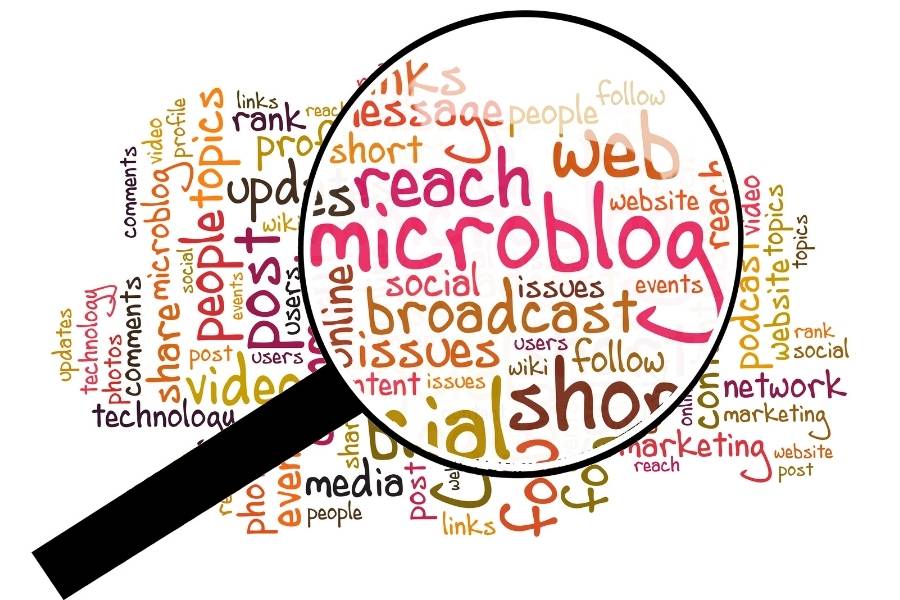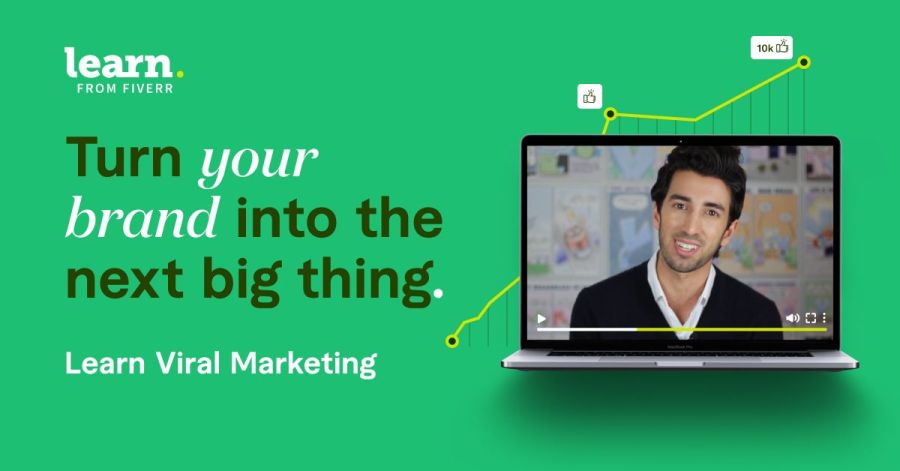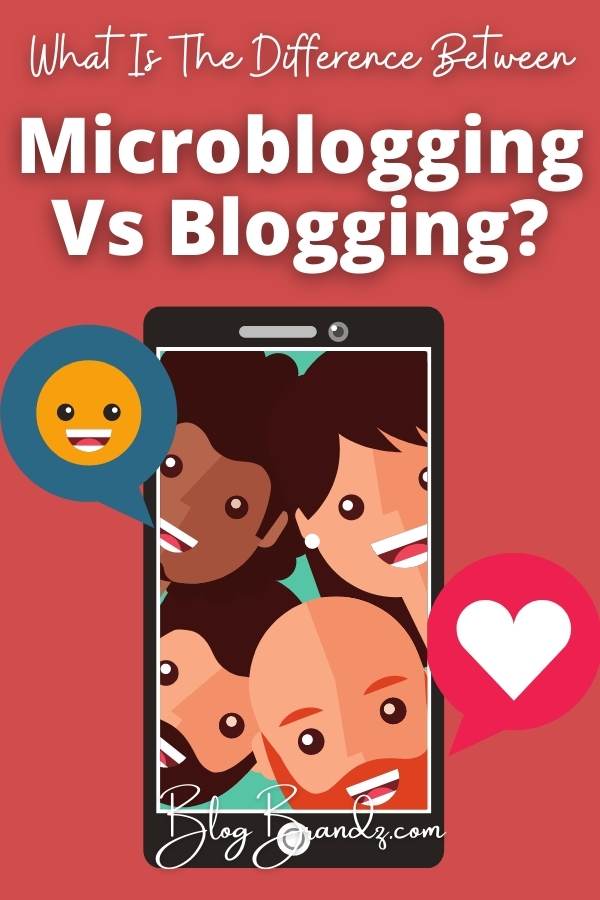
What is the difference between blogging and microblogging? In this article, you’ll learn what is microblogging, and how does microblogging help businesses.
Contents
What Is Microblogging?
Microblogging is a form of blogging that differs from traditional blogging in terms of the size of the content which is usually smaller than a traditional blog post.
Microblogs consist of short messages as this medium limits the writer to posts as short as 280 characters (the maximum post length for Twitter) which are often shared on microblogging sites or microblogging apps.
What Is Microblogging Used For?
Microblogging tools allow users to share small segments of content such as text captions, images, or videos. Facebook, Twitter, and Instagram are some of the most popular microblogging sites.
Microblogs may include images (Pinterest, Instagram, Facebook, Linked, Twitter, Tumblr) or video (Pinterest, Instagram, Facebook, Linked, Twitter, YouTube, TikTok) and audio (Clubhouse, Soundcloud).
Sone of the top microblogging platforms, such as Instagram and TikTok, have become extremely popular as they allow users to share stories and images that are interactive and more engaging than text and links.
Besides helping users update their followers about their lives and share funny cat videos, microblogs have become a source of real-time news updates and help users stay updated with ongoing events such as natural disasters, sporting events, and even political revolutions.
How Does Microblogging Work?
So, what can microblogging do for your business? Microblogging and personal branding go hand-in-hand, so creating social accounts on microblogging websites is an important step in building an authentic personal brand.
Microblogging is famous for helping celebrities like Kylie Jenner build a stellar personal brand on Instagram. Microblogging advantages include being able to post in real-time and on the go and keeping your posts short and succinct.
In the age of shortened attention spans, these microblogging benefits can often outweigh those of blogging, when it comes to connecting with an audience and building authenticity.
How To Start Microblogging For Business
To start microblogging for business, all you have to do is download a microblogging app like Twitter or Instagram and create a free Business account.
Once you’re comfortable with posting content and microblogging with Twitter, you can learn more about how to get followers on Twitter.
You can also learn how to use microblogging websites like Instagram and start building a brand on Instagram with these Instagram growth hacking courses.
Learn how to use Instagram marketing for small businesses and grow your visibility by expanding your Instagram stories reach.
Many companies use microblogging for social media marketing and building social media influence and for connecting to journalists and other influencers.
These social media tutorials will show you how to create engaging social content and use social media schedulers to become a social media influencer.
As with any technology, there are a few microblogging advantages and disadvantages you should keep in mind when you start your posting.
Microblogging Disadvantages
The main problem with microblogging is that you don’t own your social media profile as it is hosted on a website owned by a social media company like Facebook.
That means your microblog profile and all your posts can be deleted at any time for any reason, especially if you fail to follow the microblogging guidelines for each channel.
The alternative to microblogging is to create your own website as the hub of your social media presence as I explain in my article below:
What Is The Difference Between Blogging And Microblogging?
In the debate between microblogging vs blogging, one of the most frequently asked questions is how is microblogging different from blogging.
Here are the primary differences between microblogging and blogging sites:
1. Character Limit
A blog is a journal of ideas or a diary published online and a blogger has the freedom to express their opinions about the topics they are writing about.
As a blogger, you generally have no limit to how long your post can be, while a microblog is usually restricted to much fewer characters.
That means there’s a difference between your writing styles as a blogger and a microblogger, especially in terms of short-form vs. long-form content.
As compared to regular blogging, microblogging, also known as nano-blogging, refers to short messages or posts shared with an audience online through microblogging platforms.
Microblogs have a character limit depending on the social media platform where you are sharing them. Many also allow you to use hashtags in posts.
2. You Can Own Your Blog
A blogging site provides you with a personal online space where you can write and publish text or news items, called posts, which may also contain images and hyperlinks.
The most popular blog hosts are Blogspot, WordPress.com, and Medium, but most professional bloggers used self-hosted WordPress on their own domain.
The main advantage of a self-hosted WordPress blog is that you own your blog site, whereas you don’t own your microblog.
3. Subscription, Comments & Followers
A blogger can control user comments on their blog, allow subscribers to follow their blog, and be notified by email whenever they post a new article.
Followers of microbloggers can see their posts in their feed depending on the algorithm of the social media network where they are following them.
Microbloggers can restrict the sending of these messages only to members of their circle of friends, or allow access to all users, based on the default setting.
4. How Often They Update
Blogging sites are not as active as microblogging sites. A blogging site updates at the discretion of the blogger, while a microblogging site feed updates itself with new posts every second.
A new blog might appear after a long interval, however, a microblogging site is much more active with new posts appearing within seconds.
5. Purpose Of Publishing Content
Another basic difference is the purpose behind the development of blogging and microblogging sites.
A blogging site is not supposed to keep the user and his friends updated about the day-to-day activities of the user, while micro-blogging sites aim to do exactly that.
Both blogging and microblogging can be an enriching experience, personally and professionally as long as you learn blogging and microblogging best practices to benefit from the advantages that they have to offer.
I hope this microblogging guide will help you use social media for good and that you don’t get addicted to the extent that it starts hampering your normal lifestyle.
Blogging tips & tutorials
- Make Money Blogging: How To Earn Money From Blogging
- How Do Famous Bloggers Make Money Blogging In 2022?
- Why Start A Blog In 2022: 7 Blogging Benefits & Advantages
- Should I Start A Blog? 7 Questions To Ask Before You Commit
- Why Do I Need A Blog? I Have Facebook, Twitter & LinkedIn
- 7 SEO Benefits Of WordPress For Blogging
- 7 Essential, Must-Have WordPress Plugins For Bloggers
- 21 Bloggers SEO Tips: Learn How To Do SEO For Beginners
- Free SEO Certification, Free SEO Courses & Best SEO Tools
- Best SEO Content Writing Tools To Write SEO Friendly Articles
- 10 Tips To Find The Best Blog Content Writing Topics
- 5 Steps To Create A Blog Site And Start Blogging
- How To Outsource Blog Writing Services & Other Blogging Services
- 5 Legal Considerations For Bloggers: Create Your Blog’s Legal Pages
- 10 Techniques Of Writing Headlines For Clicks And Conversions
- Free Pinterest Training & Pinterest Courses For Bloggers
- 10 Reasons To Start Building A Writer Platform With Blogging
- Website Content Writers, Learn These 7 Tips For Writing For The Web
- How To Write High-Quality Blog Posts In 10 Steps
© 2012 – 2022, Priya Florence Shah. All rights reserved.
Priya Florence Shah is a bestselling author and an award-winning blogger. Check out her book on emotional self-care for women. Priya writes short stories and poetry and chills with her two-legged and four-legged kids in her spare time.
Discover more from Business & Branding Tips
Subscribe to get the latest posts sent to your email.







